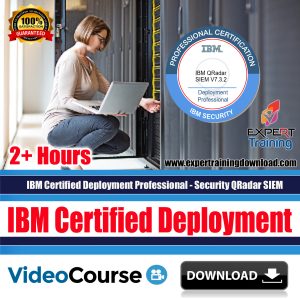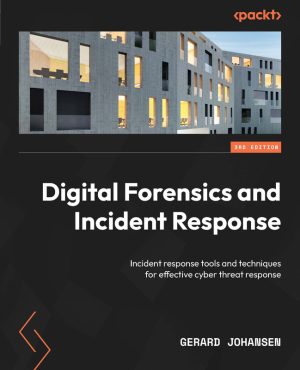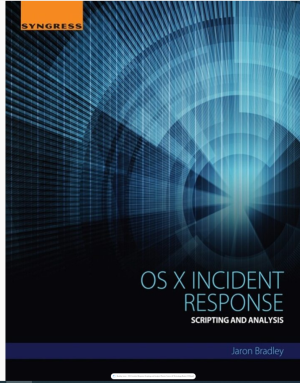Description
Certified Incident Handler (ECIH) v2 Course
Incident Response Training Program
Introduction / : Incident Response Training Program equips cybersecurity professionals with essential skills to identify, mitigate, and manage security incidents effectively. Gain hands-on knowledge and prepare for real-world cybersecurity challenges.
Course Description
The Certified Incident Handler (ECIH) v2 course is designed to empower IT and cybersecurity professionals with advanced skills in managing security incidents efficiently. This course emphasizes practical knowledge, allowing learners to apply incident handling techniques immediately in their workplace. Moreover, it covers all stages of incident response, from preparation and detection to eradication and recovery. By the end of this course, participants will be proficient in incident handling, threat analysis, and response strategies, ensuring their organizations remain secure against evolving cyber threats.
What You’ll Learn
- Fundamentals of cybersecurity and incident handling
- Incident response lifecycle and frameworks
- Techniques for identifying and analyzing security incidents
- Mitigation and containment strategies
- Forensic investigation and evidence preservation
- Reporting, communication, and post-incident review
- Practical scenarios and hands-on labs
Requirements
- Basic understanding of networking and cybersecurity concepts
- Familiarity with operating systems and IT infrastructure
- No prior incident handling experience required, but beneficial
About the Publication
This course is developed by certified cybersecurity experts with years of industry experience. Their mission is to provide high-quality, practical training that bridges the gap between theory and real-world application. Learners gain both knowledge and confidence to handle incidents in professional environments.
Explore These Valuable Resources
- EC-Council Official ECIH Page
- SANS Incident Response Resources
- Coursera Cybersecurity Incident Response Course
Explore Related Courses
Discover more from Expert Training
Subscribe to get the latest posts sent to your email.


















Reviews
There are no reviews yet.